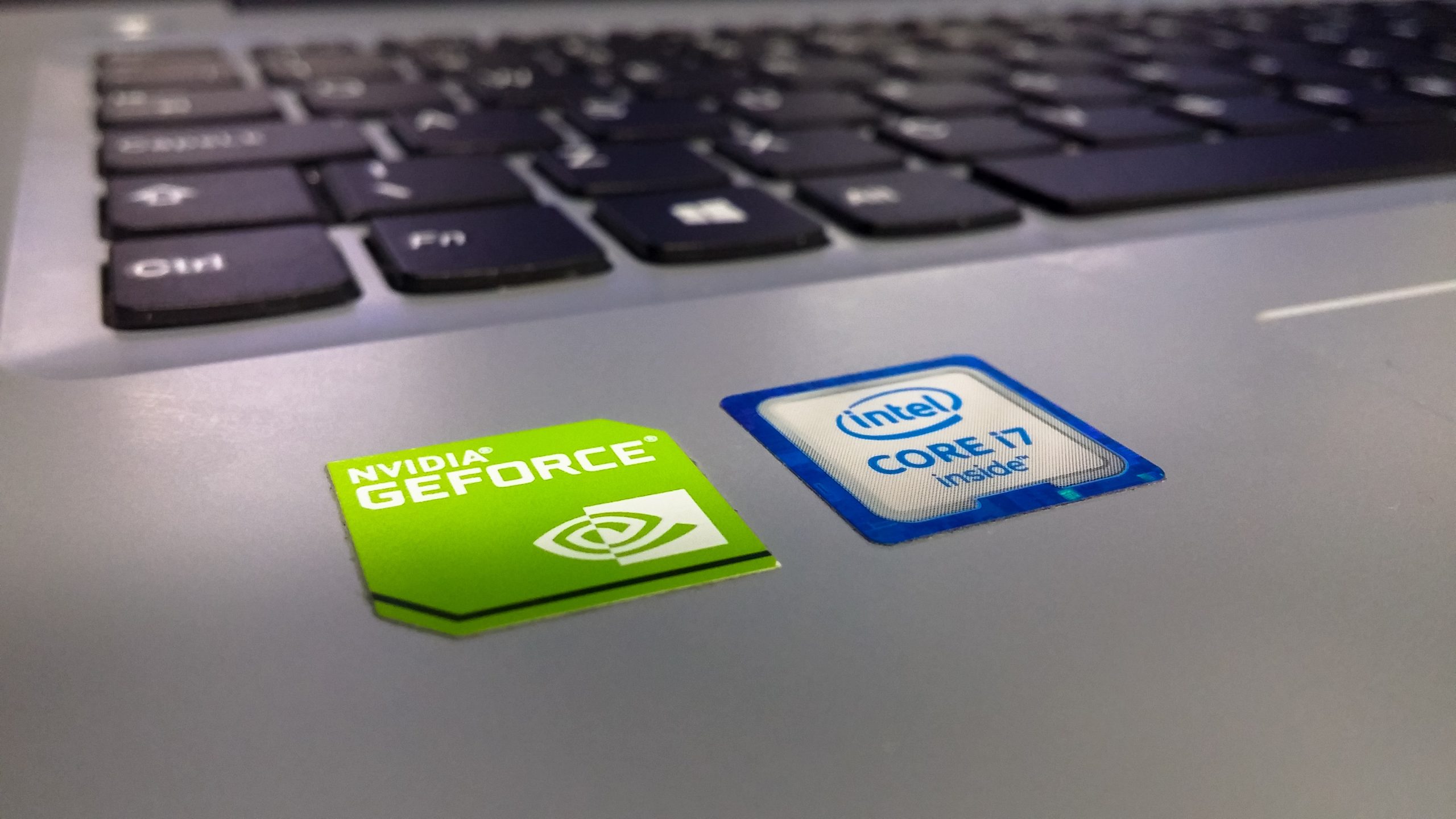Intel Corporation has announced a permanent cut to its dividend in order to fund “high-priority strategic growth initiatives”. This marks the first time that Intel has reduced its dividend since it was initiated in 1992. The news comes as Intel is preparing for several major changes, including the spinoff of its data center business, a possible manufacturing joint venture with Taiwan Semiconductor Manufacturing Co., and the acquisition of Mobileye, an Israeli maker of automotive chips. Intel CEO Brian Krzanich said these moves will position Intel for success for years to come. In this article, we’ll take a look at why Intel made this move and what it means for investors.
What is Intel?
Intel Corporation is an American multinational corporation and technology company headquartered in Santa Clara, California, in the Silicon Valley. It is the world’s largest and highest valued semiconductor chip manufacturer based on revenue, and is the inventor of the x86 series of microprocessors, the processors found in most personal computers (PCs). Intel supplies processors for computer system manufacturers such as Apple, Lenovo, HP, and Dell. Intel also manufactures motherboard chipsets, network interface controllers and integrated circuits, flash memory, graphics chips, embedded processors and other devices related to communications and computing.
Intel was founded in 1968 by Gordon Moore (of Moore’s law fame) and Robert Noyce. Arthur Rock (investor and venture capitalist) helped them find investors, while Max Palevsky was on the board from an early stage. Moore and Noyce had left Fairchild Semiconductor in 1967 to found Intel. Intel was incorporated in California in 1969.
What is a dividend?
A dividend is a distribution of a company’s earnings to its shareholders. Dividends are typically paid out quarterly, but can be paid more or less frequently. They can be in the form of cash or stock, and are usually given to shareholders who own the stock on the date that the dividend is declared.
Intel announced that it was cutting its dividend by 50% in order to fund “high-priority strategic growth initiatives.” This move signals that Intel is feeling pressure to invest in new areas of growth as its traditional businesses (PCs and servers) slow down. The company did not say what these initiatives are, but they are likely to include new chip architectures for things like AI and 5G, as well as expanding into new markets like automotive and IoT.
Why is Intel cutting its dividend?
The decision to cut Intel’s dividend was a difficult one, but it was made in order to fund the company’s high-priority strategic growth initiatives. These initiatives are important to Intel’s long-term success and will help the company continue to compete in a rapidly changing market. Many of these initiatives are already underway, and the dividend cut will allow Intel to accelerate its investment in them.
These initiatives include expanding into new markets, such as the Internet of Things and data center, and investing in new technologies, such as artificial intelligence and 5G. They also include making significant changes to Intel’s business model and organizational structure. These changes are necessary to adapt to a new era of computing, where Intel must compete with a wider range of competitors than ever before.
The dividend cut is not an easy decision, but it is one that is necessary for Intel to continue competing in a dynamic and rapidly changing market.
What are some of the high-priority strategic growth initiatives that Intel is funding?
In an effort to reignite growth, Intel is making a number of high-priority strategic investments.
These initiatives include:
1) Investing in data-centric businesses: As the world becomes increasingly digitized, data is becoming more and more valuable. Intel is placing bets on businesses that are at the forefront of this shift, such as cloud computing, artificial intelligence, and 5G.
2) Developing new technologies: Intel is investing in cutting-edge technologies like quantum computing and autonomous driving. These areas hold immense potential and could lead to major breakthroughs in the years to come.
3) Expanding into new markets: In order to keep growing, Intel must expand into new markets. The company is currently focusing on markets like IoT, automotive, and mobile.
4) Investing in talent: One of the most important things for any company is attracting and retaining top talent. Intel is investing heavily in initiatives that will help them attract and retain the best employees, such as their Employee Stock Purchase Plan and tuition reimbursement program.
How will this affect shareholders?
The dividend cut will affect shareholders in two ways. First, they will receive less income from their investment in Intel. Second, the value of their shares may decline as a result of the cut.
The dividend cut is a direct response to Intel’s ongoing struggles to compete in the smartphone and tablet markets. In order to fund its “high-priority strategic growth initiatives,” Intel has decided to reduce its quarterly dividend from 21 cents per share to 15 cents per share. This represents a reduction of nearly 30%.
While the dividend cut will undoubtedly be disappointing for shareholders, it is important to remember that Intel is still a very profitable company. In fact, it reported $10.1 billion in net income during the first quarter of 2016 alone. The dividend cut is simply a necessary evil if Intel wants to remain competitive in the long run.
Conclusion
In summary, Intel’s announcement to cut their dividend in order to fund various strategic growth initiatives is cause for both optimism and concern. On one hand, the increased investment can bring tremendous value; on the other, investors may not be happy about seeing their expected return go down. While only time will tell how successful these investments will be, Intel shareholders should remain prudent in assessing whether this move makes sense for them in light of the company’s long-term goals and objectives.










